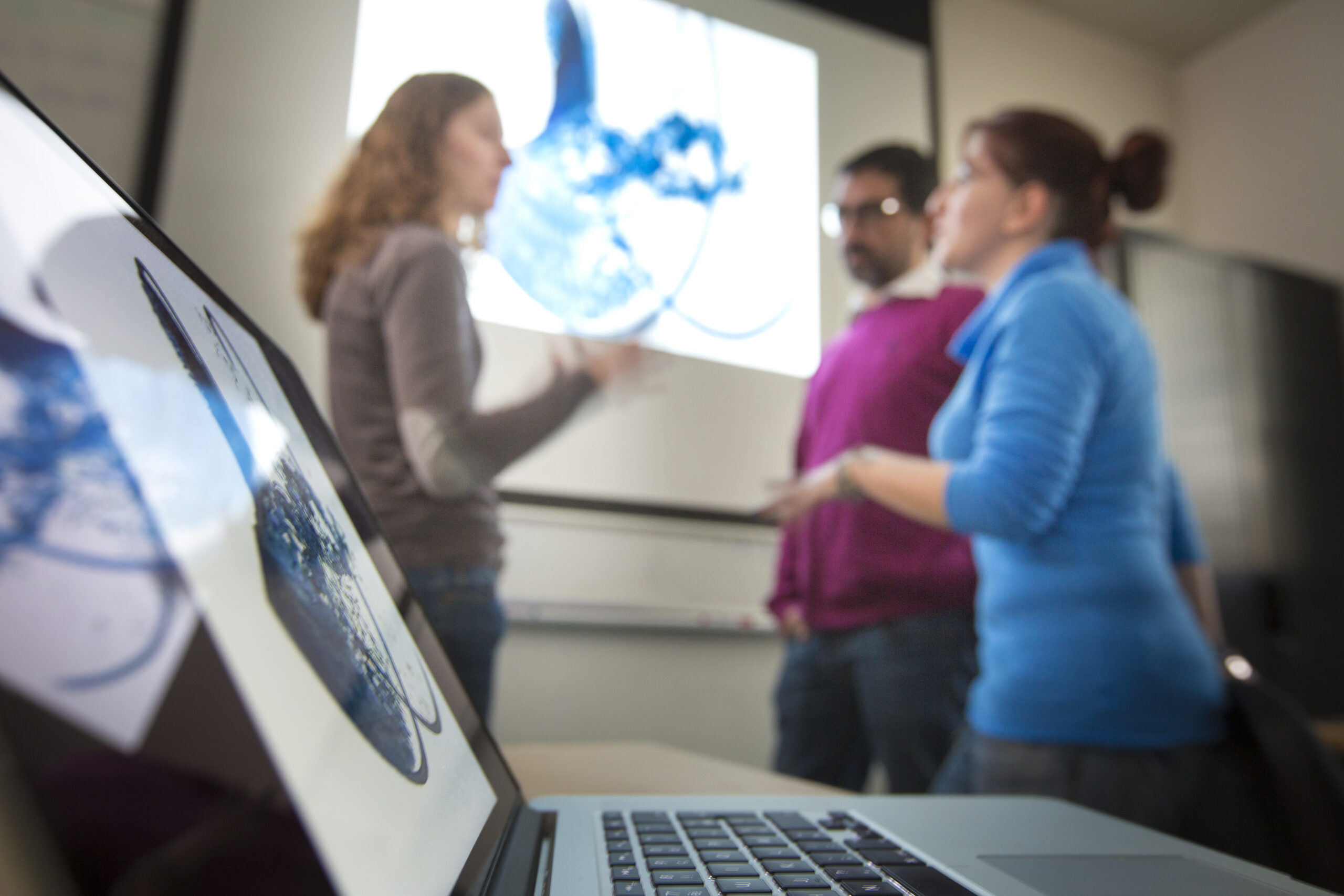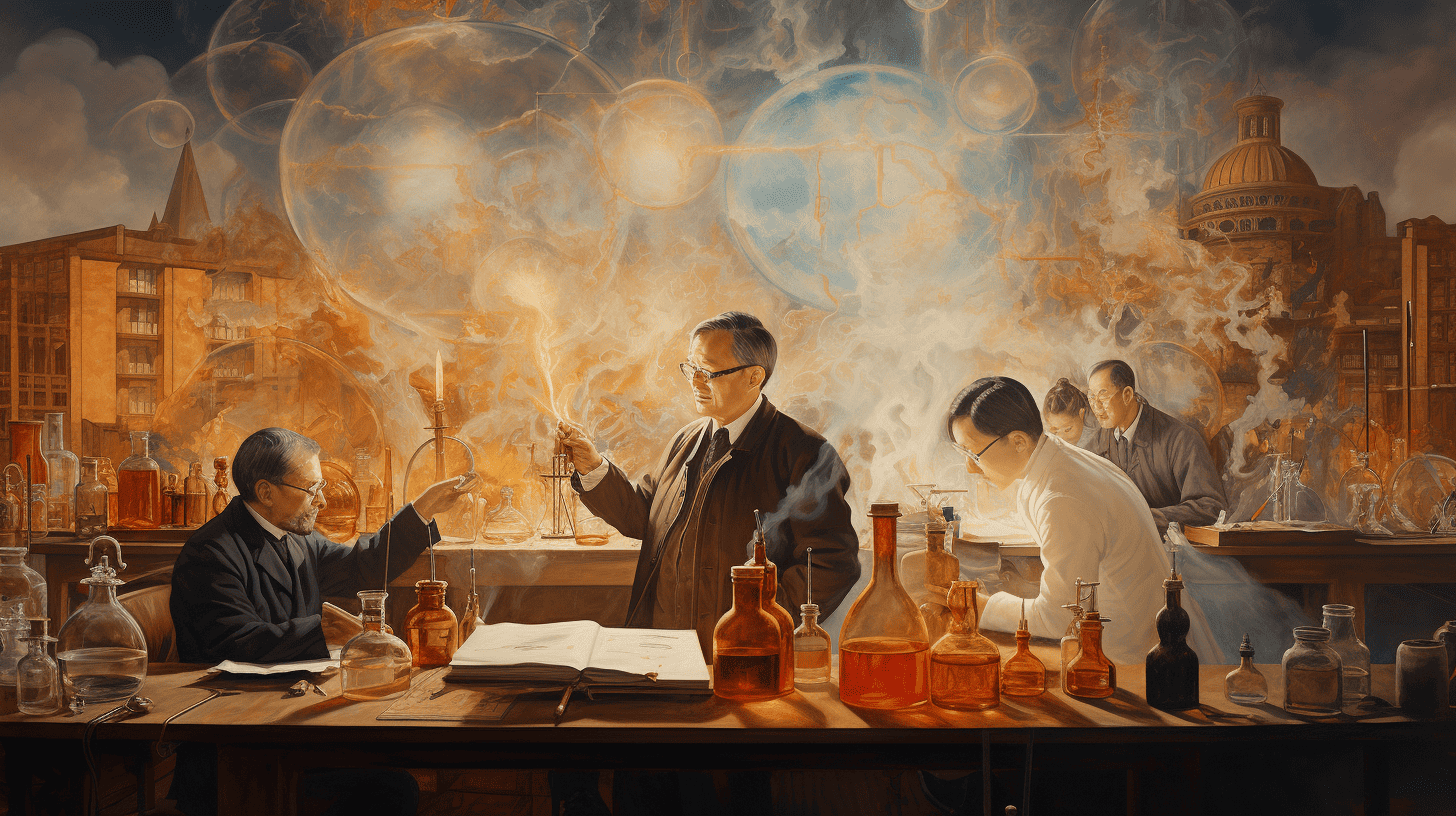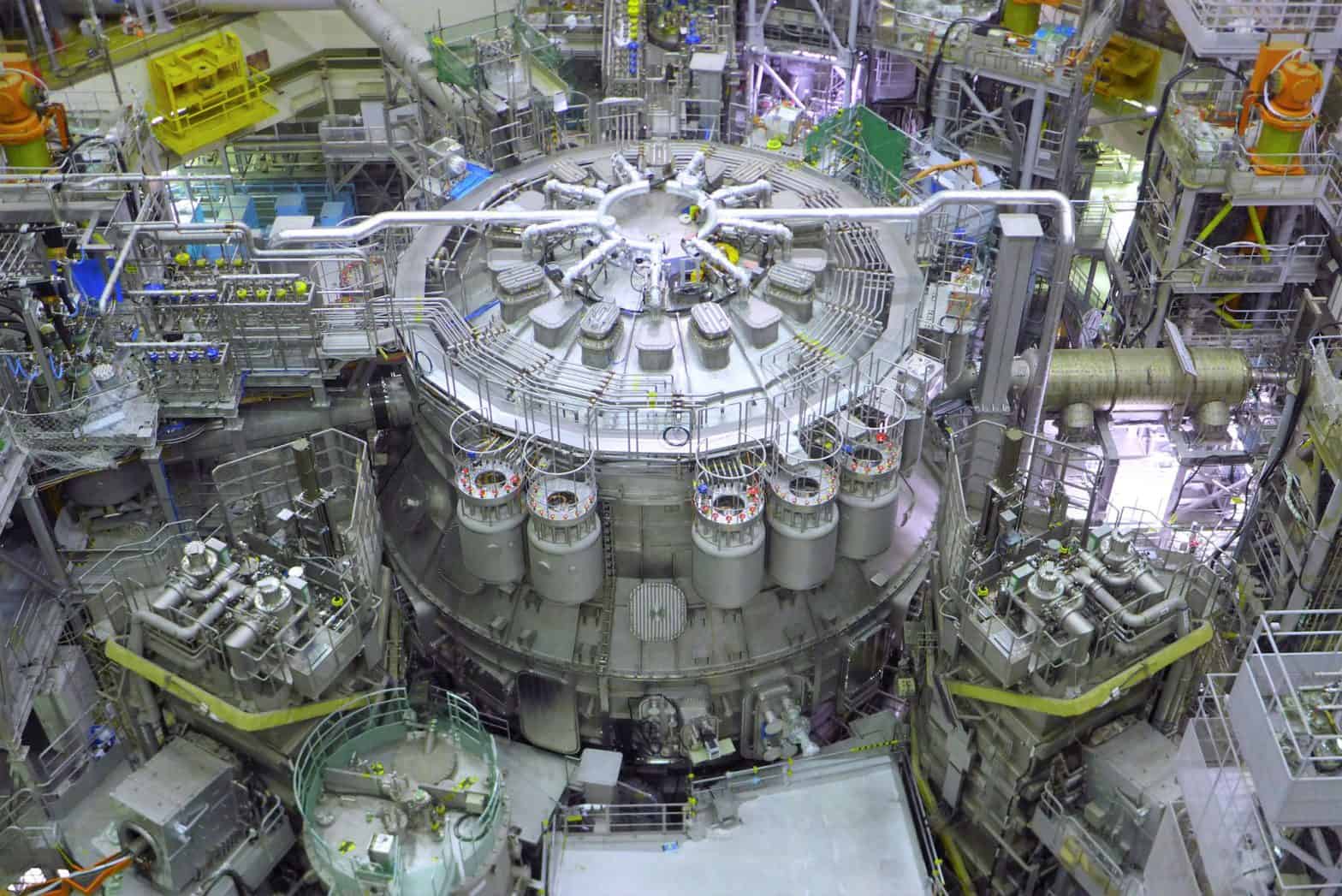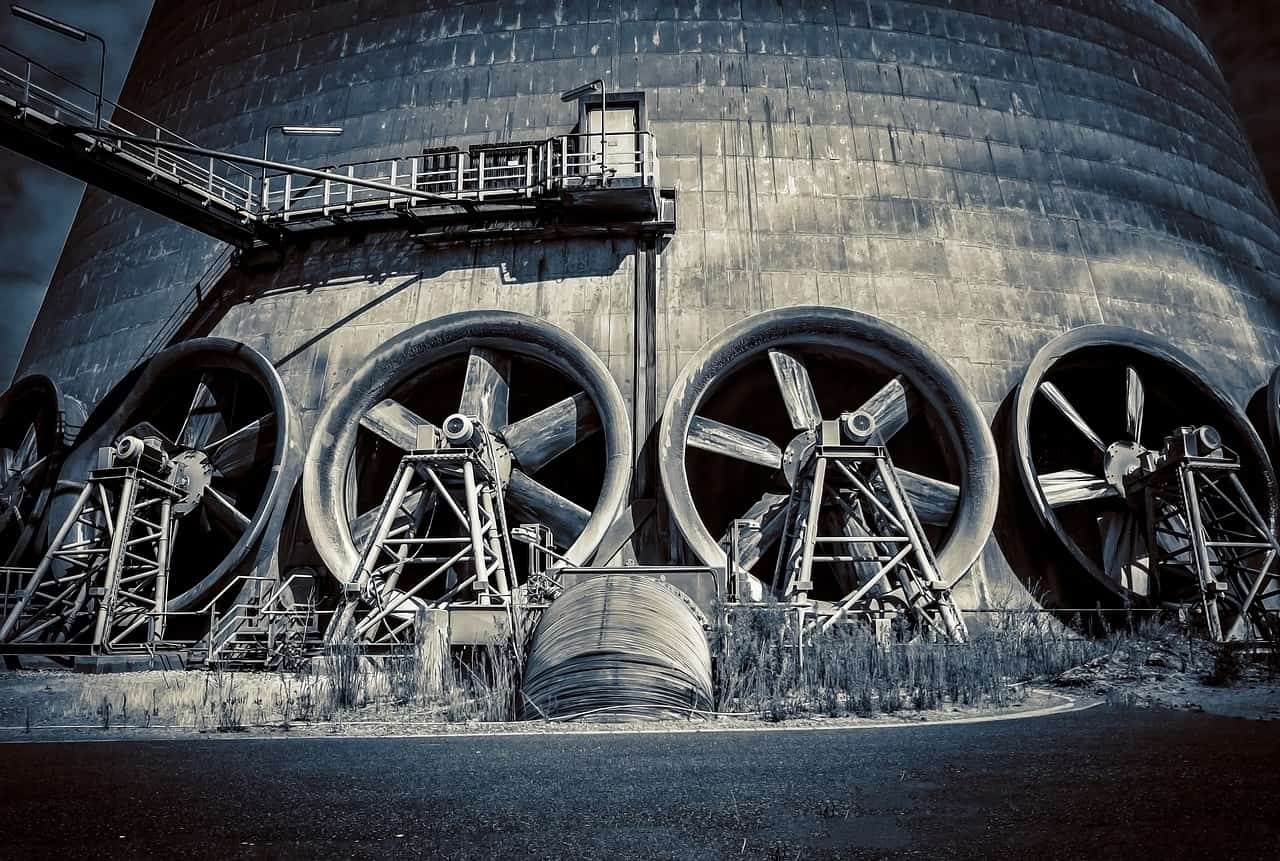
Modeling blood flow in aortic aneurysms, simulating and optimizing the aerodynamics of a wind turbine or a car… These are just a few examples of research recently carried out as part of the European research program ARIA (“Accurate ROMs for Industrial Applications”), coordinated by the Inria Bordeaux – Sud-Ouest center. It currently brings together 15 academic and industrial partners at the forefront of innovation in the fields of modeling and numerical analysis, writes Inria in a press release.
A major international research program
It was in 2019 that the ARIA project, proposed and coordinated by the Inria Bordeaux – Sud-Ouest center, became one of the beneficiaries of the European Commission’s RISE program, which aims to financially support international and cross-sectoral scientific cooperation, through exchanges of research personnel. “We have succeeded in bringing together leading research centers as well as large industrial companies, such as Volkswagen, medium-sized companies, such as Valorem in France, and start-ups interested in modelling,” says Angelo Iollo, the project’s scientific coordinator and head of the Memphis project-team, which is shared by the Inria Bordeaux – Sud-Ouest center and the University of Bordeaux.
The 15 founding members, who will be joined in 2022 by the Italian University of Brescia, share an interest in reduced-order models (ROMs, for “reduced-order models”). In concrete terms, the modeling of physical problems (air or fluid flows, around an airplane, a car or a wind turbine, etc.) has until now involved working on continuous equations, which take into account all the points in a space, and require complex calculations using supercomputers. With their work on reduced-order models, the research centers involved in the ARIA model “are not trying to reduce the size of the models but to reduce the number of unknowns in each mathematical equation, based on simulations that have already been carried out for similar problems” explains Angelo Iollo.
Capitalize on calculations already made
“For example, the goal is to identify the common base of modeling solutions corresponding to different types of car geometries (small city car, SUV, etc.). We then want to use this base to model, with few calculations, what happens around a car with fairly similar characteristics” adds Angelo Iollo. The flows and turbulence vary and change position when the geometry of the cars changes. But their characteristics remain essentially the same and can therefore be capitalized on so as not to have to start from scratch with each new model.
“Our community of scientists and industry is working on methodologies and technologies that will make all numerical simulation tasks much more efficient and seamless,” says Angelo Iollo. Vehicle designers, for example, should be able to simulate the aerodynamic effects of a model change in near real time, making it easier to make such changes. And unlike conventional modeling, which requires enormous computing time and is therefore very infrastructure- and energy-intensive, reduced-order models also mean much lower greenhouse gas emissions during the design phase. This is because they significantly reduce computation times.
Successful collaborations
With financial support from the European Commission, which covers the indirect costs of travel (transport, accommodation, etc.), six European researchers were welcomed at the Inria Bordeaux – Sud-Ouest center last September to work with their French counterparts on joint projects. “Researchers from the Memphis project team, which specializes in numerical modeling, spent 30 months with partners during the first two years of the program” says Linh Nguyen, who is in charge of the project at Inria. He emphasizes that these trips complement a number of online and face-to-face seminars (on projects tested by Volkswagen, work related to airflow, or fluid-structure interactions, etc.).
These collaborations are already bearing fruit. Among other examples, researchers have succeeded in using ROMs to create models that can evolve fluidly, similar to what is done with morphing in the video industry (special effects that allow an image to be gradually transformed into another image). The Bordeaux-based startup Nurea, created by a former Memphis doctoral student and specializing in medical imaging software, is already using ROMs to offer its customers a technology that allows them to model aortic aneurysms with very few parameters. The interest is to be able to create (and study) these models more quickly and easily.
A meticulous project management
The collaborations will continue and the program has been extended. “Given the pandemic, which interrupted travel for a year, this project will not stop in November 2023 but will continue until November 2024″ says Linh Nguyen. It currently involves 12 beneficiaries in Europe, who receive funding and participate in exchanges, and three associate partners in the United States, who are not financially supported by the EU but regularly host researchers interested in their work in their research centers.”
Linh Nguyen indicates that she is in charge of “management tasks“, “following up on administrative and financial documents required by the Commission”, “organizing and sometimes leading official meetings“. “In the framework of a large European project like this one, it is in my opinion fundamental to have a project manager, an expert in management, so that the researchers can concentrate as much as possible on the scientific aspects” concludes Angelo Iollo.
Also interesting: Fontys University of Applied Sciences starts Smart Industry study
Selected for you!
Innovation Origins is the European platform for innovation news. In addition to the many reports from our own editors in 15 European countries, we select the most important press releases from reliable sources. This way you can stay up to date on what is happening in the world of innovation. Are you or do you know an organization that should not be missing from our list of selected sources? Then report to our editorial team.







